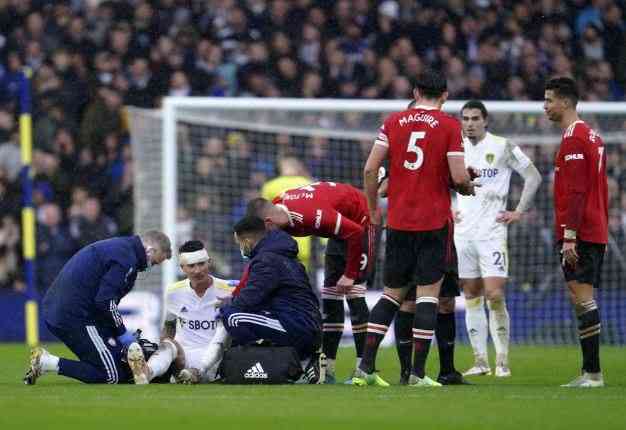×
The Standard e-Paper
Fearless, Trusted News

Since the 2014/15 season, fans supporting the top teams have been treated to a new rule in football. The game has to stop if a player got a head injury.
According to the English Football Association, procedures and guidelines surrounding the management of concussions and head injuries were based on an accord in Zurich in 2012.